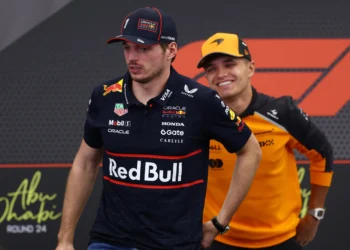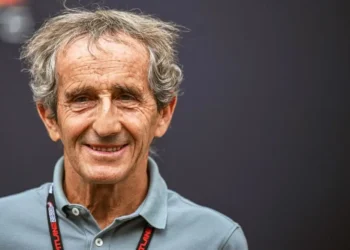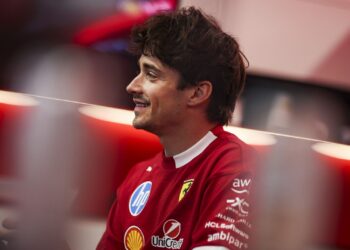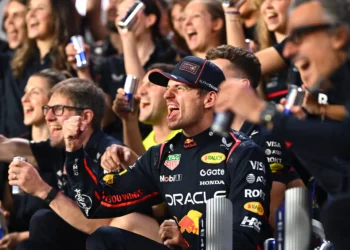The 2024 Formula 1 season was a turbulent one for Red Bull Racing, as the Milton-Keynes-based team struggled to keep pace with rivals McLaren, Ferrari, and Mercedes. One glaring issue with their RB20 challenger was its inability to handle kerbs effectively, earning it a rather unflattering nickname from Max Verstappen, who likened its behavior to “jumping like a kangaroo.”
With the 2025 season fast approaching, Red Bull advisor Helmut Marko has revealed that significant strides have been made to rectify this critical flaw in the upcoming RB21.
Kerb Conundrum: A Painful 2024 Lesson
The RB20’s instability over kerbs became a major liability for Red Bull on circuits where precision and kerb-riding are paramount. Verstappen, known for his no-nonsense feedback, didn’t shy away from critiquing the car’s limitations:
“Max said the car jumps like a kangaroo, and on certain circuits, that cost us a lot of time,” Marko explained.
The kerb issue not only affected lap times but also created challenges in managing tire wear and maintaining driver confidence—key factors that contributed to Red Bull’s inability to consistently challenge for victories.
The RB21: A Smarter, Softer Ride?
Marko shared an optimistic update on the RB21’s development, emphasizing that the car is now in its final production phase and has been engineered with a broader operational window:
“I would say the basic concept is ready. The car is de facto finished and is now going into the final production. At that point, you can see how much weight can be saved.”
The team has focused on refining the car’s ability to handle kerbs smoothly while ensuring it remains driver-friendly. Marko added:
“The task for the engineers was to build a car with a wider operating window—one that is not so much on the limit that it is very difficult for the drivers to keep the car under control.”
Can Red Bull Reclaim Dominance?
Despite Max Verstappen clinching his fourth drivers’ title in 2024, Red Bull’s RB20 lagged behind McLaren and Ferrari in overall performance, ultimately costing them the constructors’ championship. With the RB21, the team aims to bridge that gap and deliver a car capable of matching the dominance of their earlier machines.
The true test will come during the pre-season sessions in Bahrain, where the RB21’s kerb-handling improvements will be put under scrutiny. While Marko remains cautiously optimistic, he admitted the final verdict would depend on real-world performance:
“We think that these weaknesses have been solved, but we will only really see that during the test in Bahrain.”
2025: High Stakes in the Ground-Effect Finale
The 2025 F1 season marks the final year of the current ground-effect era, and Red Bull’s ability to address the RB20’s shortcomings will be pivotal. Verstappen, with his relentless drive and precision, remains a favorite for the drivers’ championship, but the team must deliver a solid car to fend off rivals like McLaren’s Lando Norris and Ferrari’s Charles Leclerc.
If the RB21 proves to be another misstep, Red Bull risks falling further behind in one of the most competitive eras the sport has seen in years. The kerb issue may have been just one symptom of deeper challenges—but fixing it could be the first step back to glory.










